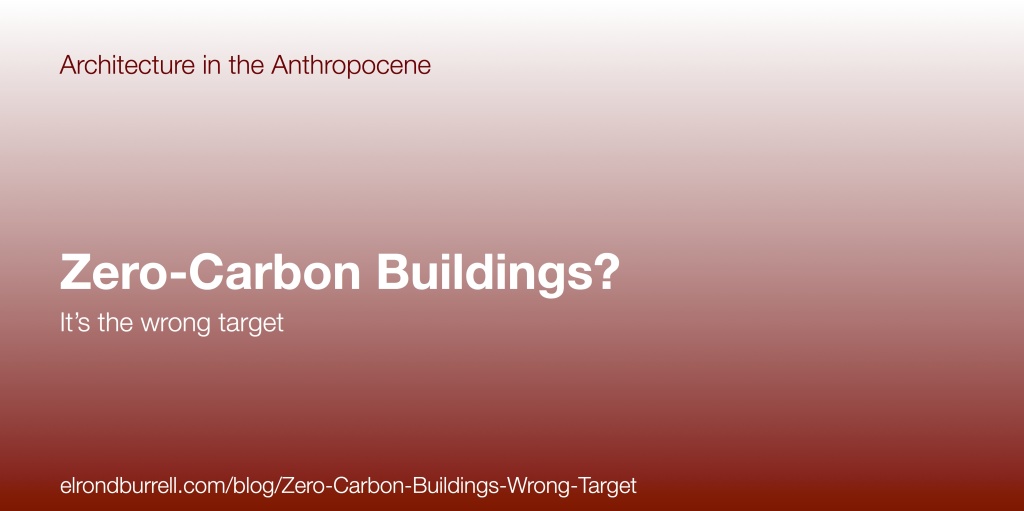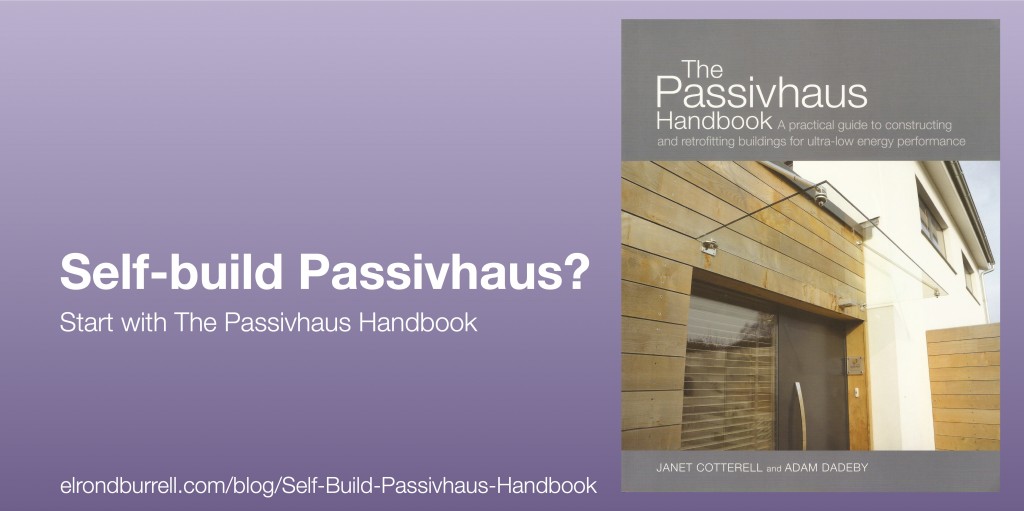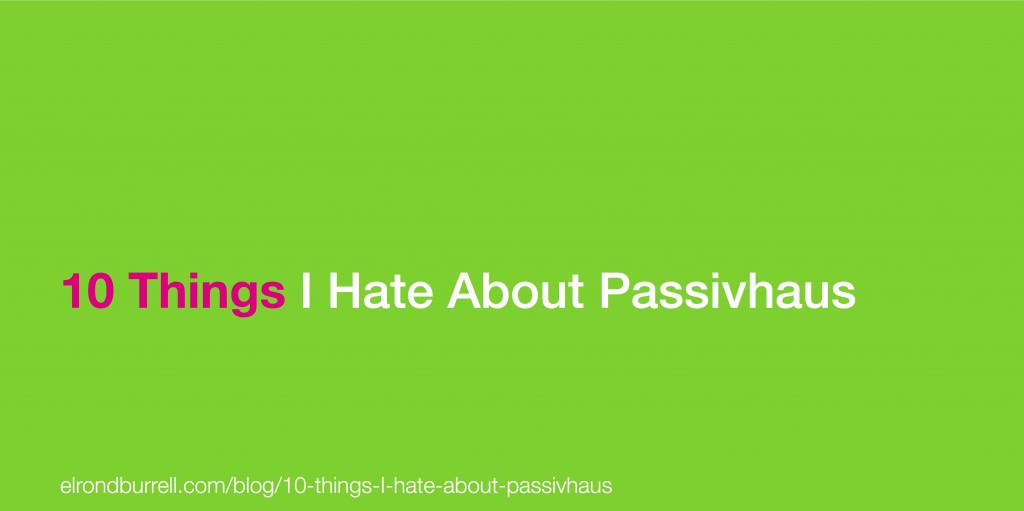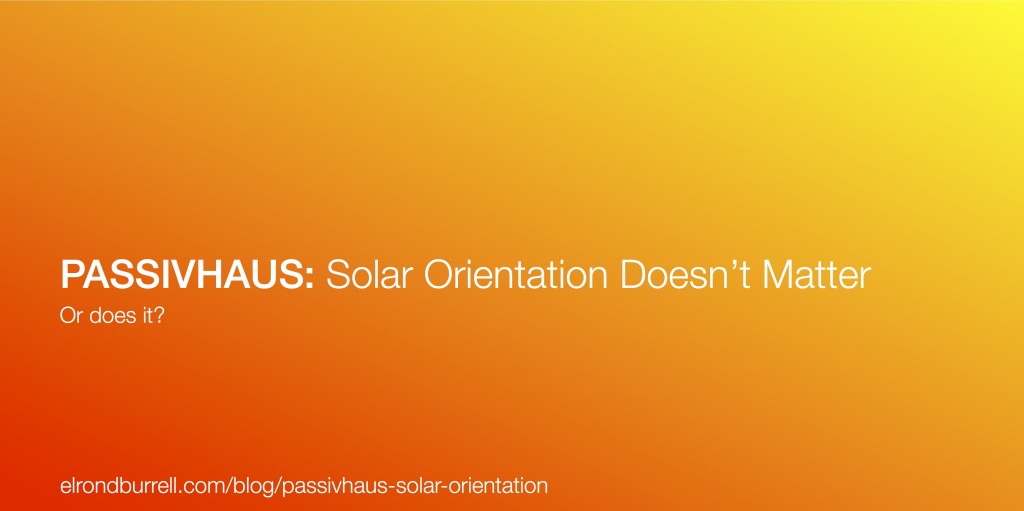Climate change is one of the biggest threats we face today. Clearly we need to reduce CO2 emissions globally to zero, or to less than zero, to address climate change. And architecture in the anthropocene must change to address this challenge, as I have written about in my manifesto. Buildings must emit radically less CO2 during construction and occupation. This often leads to the assumption that we should be delivering ‘Zero-Carbon Buildings’. However, this is the wrong target for buildings, radical energy efficiency is the right target for buildings.
In this blog post I explore 9 reasons why ‘Zero-Carbon Buildings’ is the wrong target and what the right targets are.




